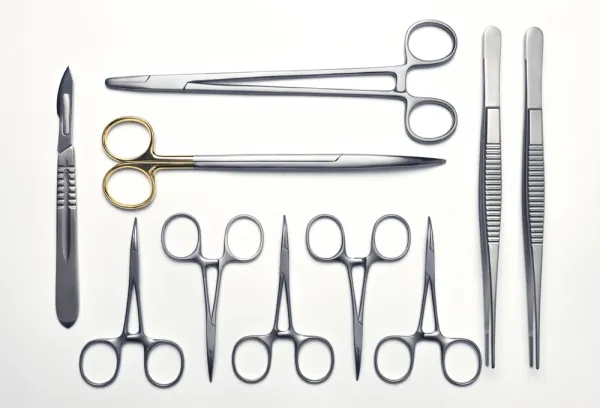ICD 10 Coding Alert
PCS:
Brace Yourself to Handle 3,651 New ICD-10-PCS Codes This October
Published on Mon May 16, 2016

You’ve reached your limit of free articles. Already a subscriber? Log in.
Not a subscriber? Subscribe today to continue reading this article. Plus, you’ll get:
- Simple explanations of current healthcare regulations and payer programs
- Real-world reporting scenarios solved by our expert coders
- Industry news, such as MAC and RAC activities, the OIG Work Plan, and CERT reports
- Instant access to every article ever published in Revenue Cycle Insider
- 6 annual AAPC-approved CEUs
- The latest updates for CPT®, ICD-10-CM, HCPCS Level II, NCCI edits, modifiers, compliance, technology, practice management, and more
Related Articles
Other Articles in this issue of
ICD 10 Coding Alert
- Breaking News:
Say Hello to 1,900 New ICD-10-CM Codes Effective Oct. 1
CDC ends diagnosis deep freeze with scores of new codes debuting. Coders patting themselves on [...] - PCS:
Brace Yourself to Handle 3,651 New ICD-10-PCS Codes This October
Majority of code overhaul comes from the cardiovascular system. The ICD-10 codes are finally ready [...] - Cardiology:
Size Up These 7 Cardiology Changes Planned for ICD-10-CM 2017
Wishing for a coronary stent stenosis code? You won’t have long to wait. The CDC [...] - Ob-Gyn:
6 Categories Simplify Your Numerous ICD-10 Gynecology Changes
Get ready to specify ovarian cyst laterality in October. Remember how you had thought you [...]




